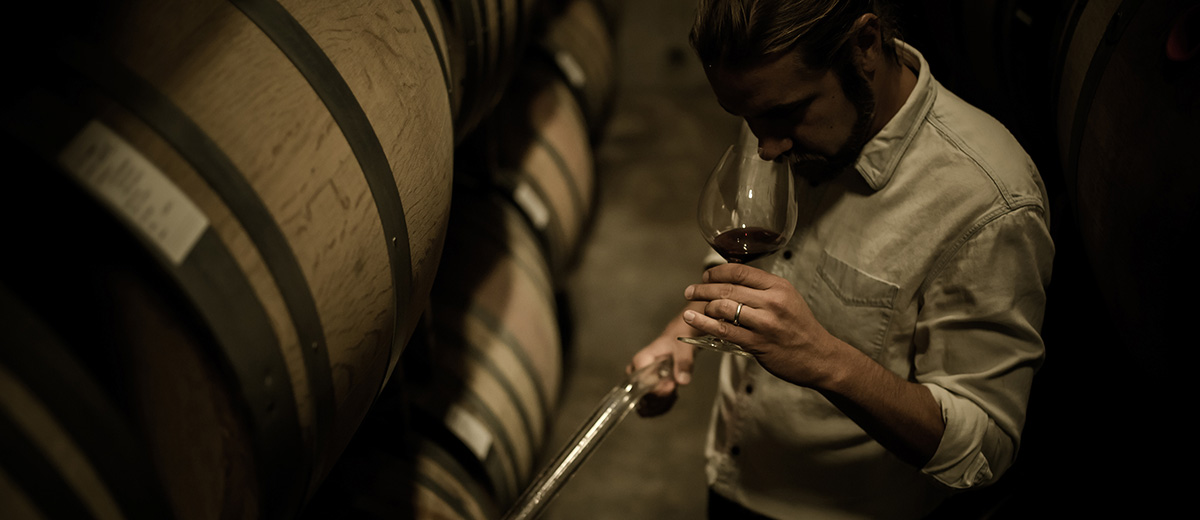Northern California wines have been a long-lasting tradition. With various terroirs already in place and deeply explored. What is your wine objective at Reeve?
Our objective is to make wines that stand with the best in the world. That’s how we approach every wine in both farming, sourcing, winemaking. We’ve also taken on some varieties that haven’t traditionally reached that high bar in California with Sangiovese and Riesling. I am really proud of what we’ve done with those. With Pinot, we are working with some of the very top cool-climate sites in CA so it’s high stakes poker which I enjoy.
Reeve sources its grapes from only organic, biodynamic, and low impact vineyards from the Sonoma and Mendocino Countries. What are some of the challenges when working with these vineyards?
Honestly, I don’t think we have any challenges for those reasons. We are work tightly with some wonderful farmers. For us to work with a vineyard we need a great site, great farming and sustainable practices that build ecological health.
What are some of the advantages of working with these vineyards in relations to the wine production, dynamic, structure, fermentation, etc.? (other than it’s positive environmental impact)
I think at the end of the day we get healthy fruit. When everybody has to think a little more deeply about farming and alternative approaches, you get better outcomes long term.
A winemaker’s style and production evolve just as the fruits of each harvest evolve. How has your style and philosophy evolved over the course of Reeve and how has it stayed consistent?
We’ve been making high-end Pinot for 15 years so it’s probably most noticeable in our Sangiovese. We had some good ideas when we started but we are also trying a lot of different things each year. It’s invigorating to try to understand something new and challenge what you “know”.
The effect of sun exposure and climate effects each vineyard and can have a different effect from one mile of the harvest to the next. What are the differences between the Sonoma harvests and the Mendocino harvest?
We source mostly from the very deep end of Anderson Valley, like the last few miles of the valley. Everything there is a few weeks later than even our very coldest Sonoma Coast sites. There is much more frost risk in the Spring (in general) but the fabulous weather during harvest usually.
What is your philosophy of blending the various harvests to one?
It’s not something we really have done but I am always intrigued by experimenting. The dominant paradigm, especially with Pinot, is the single vineyard ideal. However, sometimes you can make a better, complete wine, by blending two or more vineyard sites. Perhaps there’s something cool to be done with different vintages together?


